It’s been a while coming but steady progress has been made on this latest regiment which, at 18 figures, may well be the largest I’ve so far attempted. Painting 18 of everything certainly makes for a longer painting process. Thankfully, the figures were pleasurable to paint.
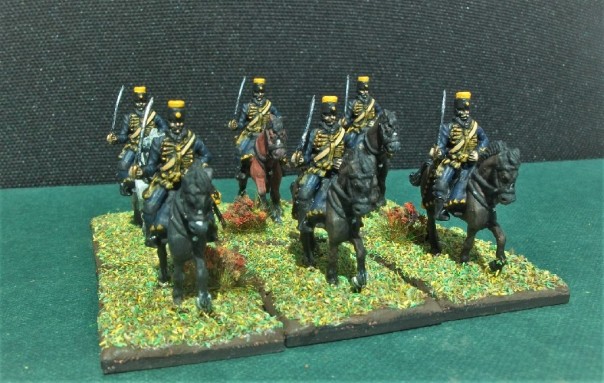
The three poses for the regiment work well, but that might be considered a little insufficient for a force of 18 figures. Furthermore, there are only two horse poses and, I know I’ve said it before, the horses are good rather than great.
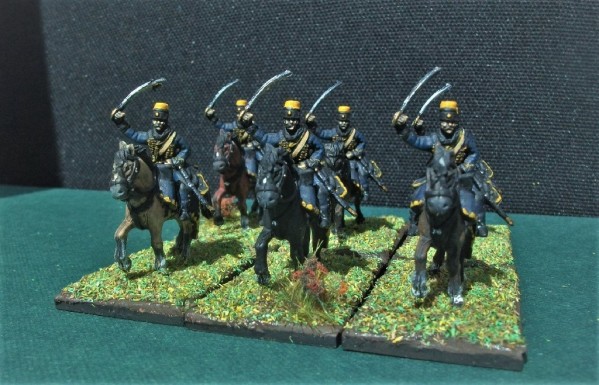
Six figures are on the charge with sabres waving. They wear their pelisse and have blue overalls, suitable for being on campaign. Another half-dozen are hussars wearing buff breeches rather than blue overalls. They also carry their pelisse over the shoulder. Black fur trim on their pelisse was unique to this regiment in the Swedish cavalry.
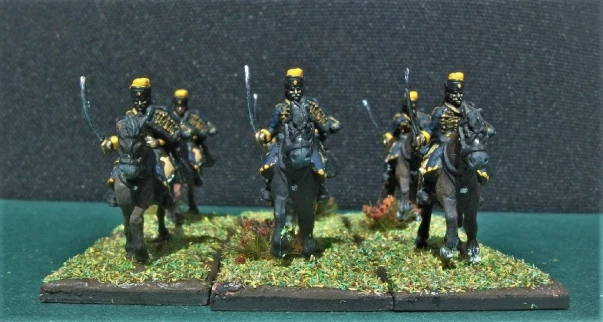
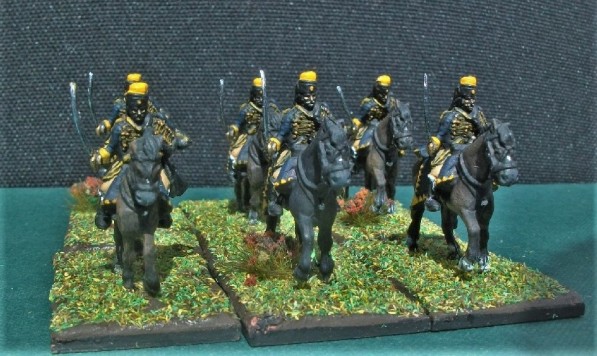
Figures with sabres drawn and at the walk:
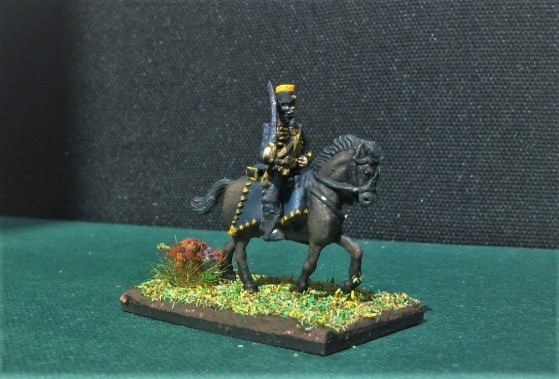
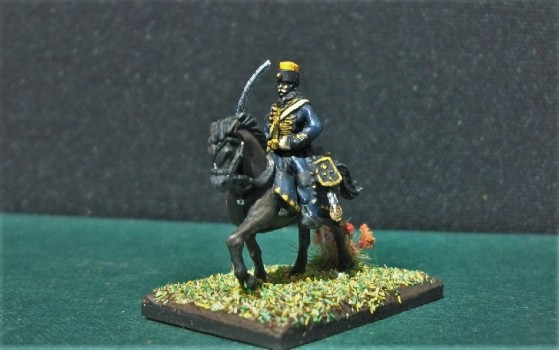
Figures waving sabres in attack:
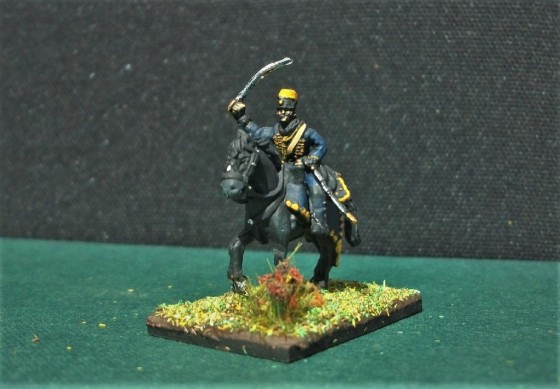
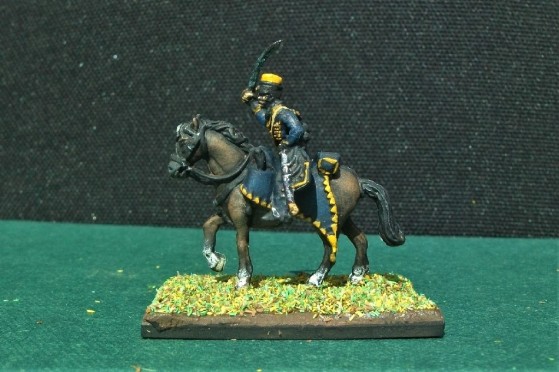
In Full Dress:
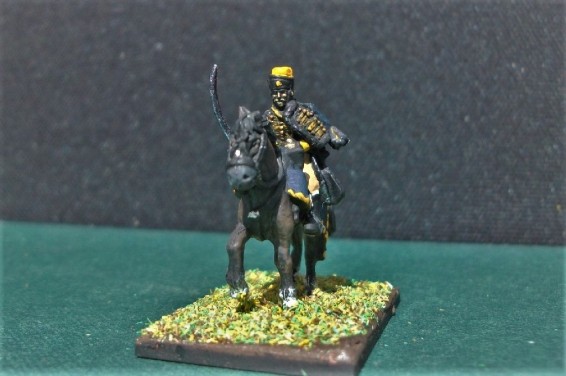
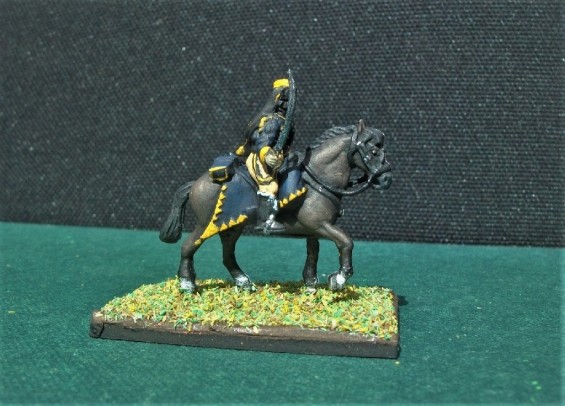
There’s still another four, yes four, regiments from this set to produce, though none will be as numerous as the Hussars. The next one in the box I thought I’d tackle is the Royal Lifeguard, numbering a mere 6 figures. From the largest regiment in my project to the smallest! Six is a suitable number for a royal bodyguard unit, I think.
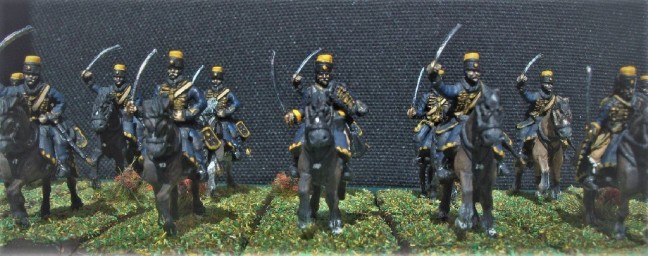
A few more photos of my finished figures and then an overview of the Mörner Hussars history in the usual Regimental Biography.
Biography: Mörner Hussars [Sweden]
The regiment was first established in 1758 as the Swedish Hussar Regiment (Svenska Husarregementet). It was located at Bonarps Hed in the province of Skåne, in the southern tip of Sweden.
In 1762, the regiment was separated into two independent regiments known as the Blå and Gula Husarregementet (i.e. the blue and yellow hussar regiments, see respective illustrations above). These two were merged back to one in 1766 with the name Husarregementet. At this time, it’s strength was approximately 400 men divided into eight squadrons. Intrestingly, the famous Prussian Marshall Blücher originally served with the Blå Hussars during the first campaigns of the Swedish Field Army in Pomerania, his family originally coming from the area.
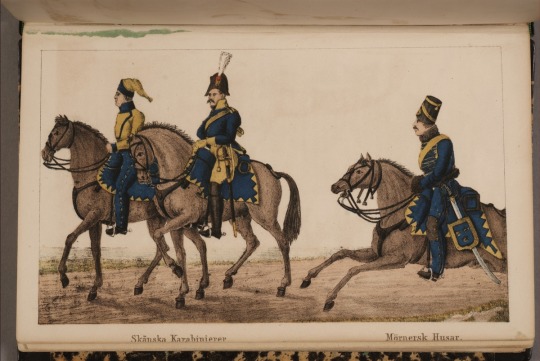
In the Swedish provinces of the Duchy of Pomerania in what is now Germany, the regiment was primarily responsible for guarding and patrolling the borders. In 1772, under King Gustav III, the regiment was transferred back to mainland Sweden, and was first placed in a number of cities on the west coast and rotated to other western Swedish cities thereafter.
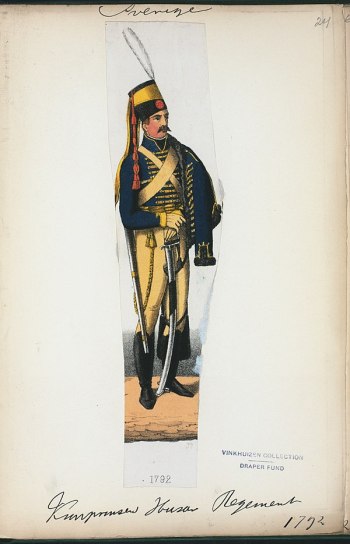
In 1797, the name was changed again to the Horn Hussars (Hornska husarregementet), being named after the regiment’s colonel, Samuel Horn. The Horn Hussars continued to transfer to various locations during this time including, Halmstad, Malmö, Helsingborg, Ängelholm, Ystad and Simrishamn.
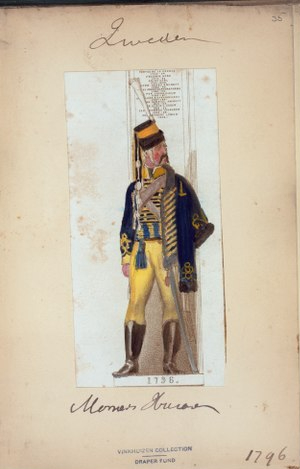
The Napoleonic Wars demanded an increase in the regiment’s size and the number of squadrons rose to eight in total, with up to 100 men per squadron. In 1801, the regiment was named the Mörner Hussars (Mörnerska Husarregementet), when Hampus Mörner became head of the regiment.
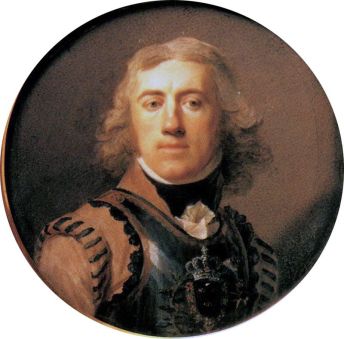
A less than glorious episode for the regiment is remembered with some irony as being the Battle of Klågerup. In 1810, Sweden enacted sweeping army draft regulations to increase its supply of forced recruits. Many groups in society were exempt, however, with the burden therefore falling on the poor. In 1811, anger amongst this group finally resulted in the so-called Klågerup riots.
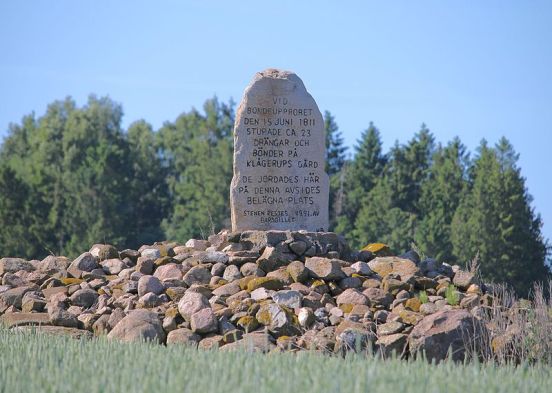
Major Hampus Mörner went with 150 men of his hussar regiment and two cannons to face a mob of about 800 at Klågerup. Mörner’s troops tried to persuade them to leave but they wouldn’t disperse and the major launched an attack which killed about 40 of the rebels. 100s more were wounded, captured and imprisoned, with a ‘ringleader’ publicly being executed in Malmö.
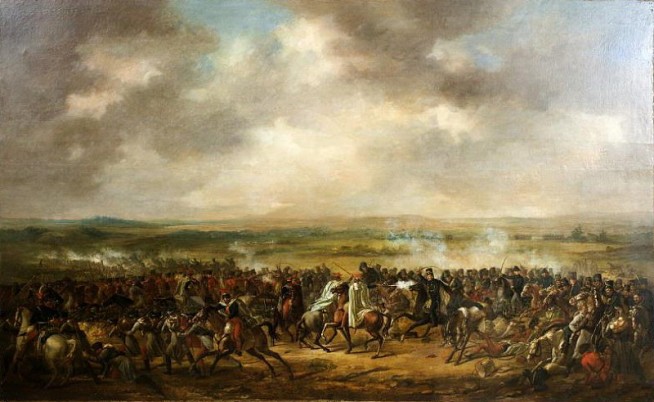
More gallantly, on December 7, 1813, the regiment played an important role in the Swedish victory in the battle of Bornhöved in Schleswig-Holstein. Crown prince Charles John led a division to pursue the retreating Danish army. This division under the commander of the Swedish cavalry, Anders Fredrik Skjöldebrand, included the Mörner Hussars . Having been carefully spared any serious engagement hitherto by the Crown Prince, all of the Swedish cavalry was desperate to finally see some combat. Such frustration apparently bubbled over when they disobeyed orders and rode straight at the Danish army.
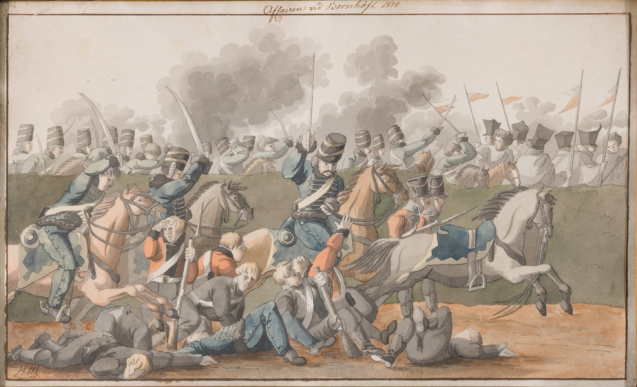
The cavalry soon caught up and clashed with the Danish rearguard which included Napoleon’s famous Polish lancers of the Guard. By the evening, the Swedes encountered the main Danish army at Bornhöved, a 2,500 strong Danish force which included infantry, cavalry and artillery. With nightfall close, it seemed as though a suicidal frontal cavalry assault upon the Danes was unlikely. Having dispersed the rearguard, however, the 471 strong Swedish cavalry, including the Mörner Hussars commanded by Colonel Bror Cederström, immediately attacked and forced the Danish army into retreat.
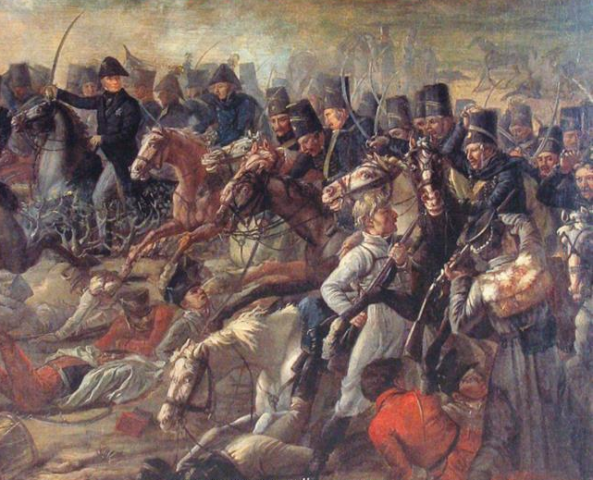
Remarkably, the charge of the Mörner Hussars at the battle of Bornhöved was to prove to be the last time a Swedish regiment fought in a battle on foreign soil outside Scandanavia. Mörner’s nephew, Colonel Bror Cederström, had effectively been the leader of the regiment since 1804. Following the end of the Napoleonic Wars, the regiment consequently became known as the Cederströmian Hussar Regiment (Cederströmska Husarregementet). In 1822, it was called the Crown Prince’s Hussar Regiment (Kronprinsens Husarregemente) and despite further temporary name changes, would retain this title until final disbandment in 1927.
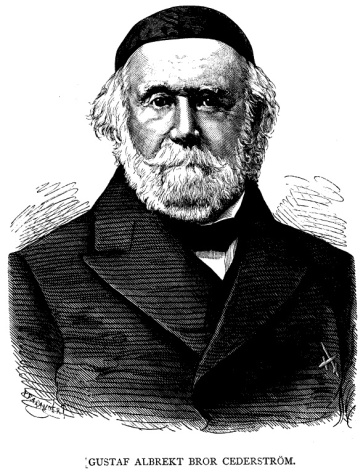
Notable battle: Bornhöved.
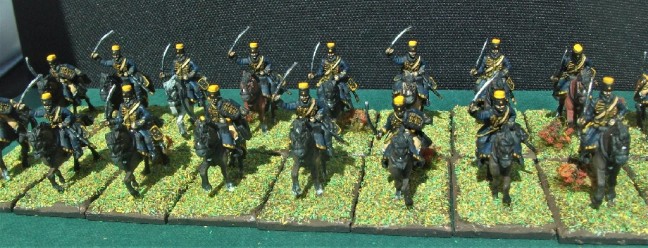





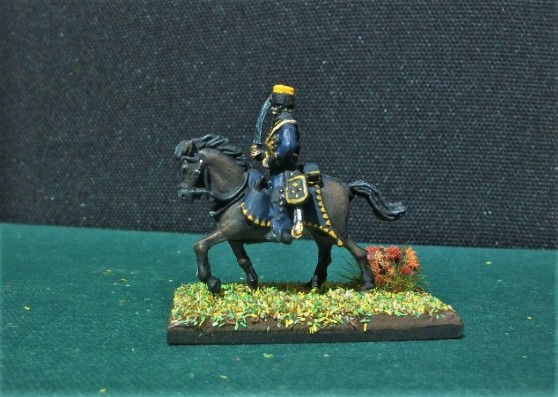








They look good man.
LikeLiked by 1 person
Thanks, mate. Ikea’s very own cavalry…
LikeLike